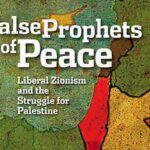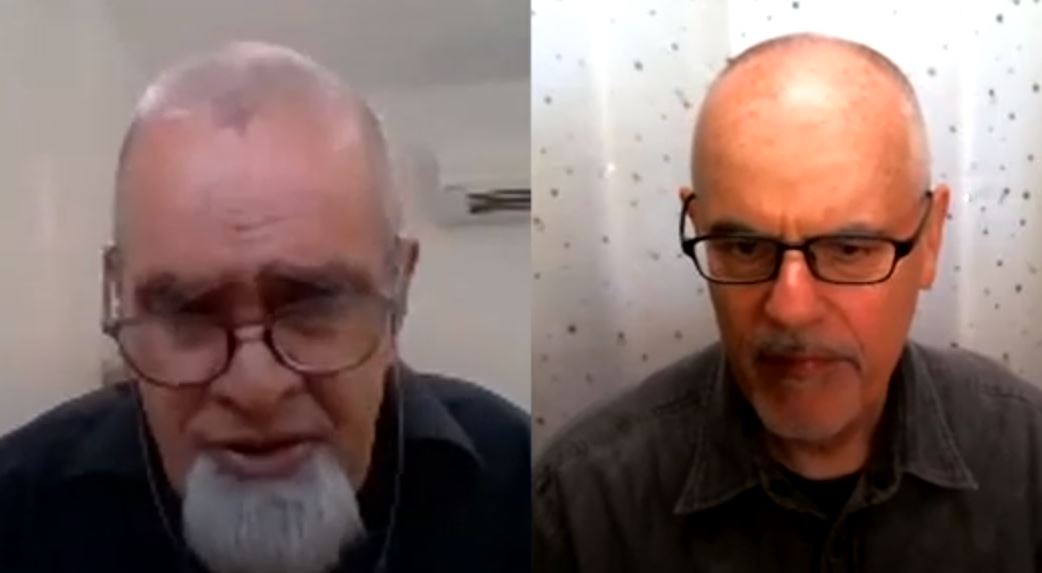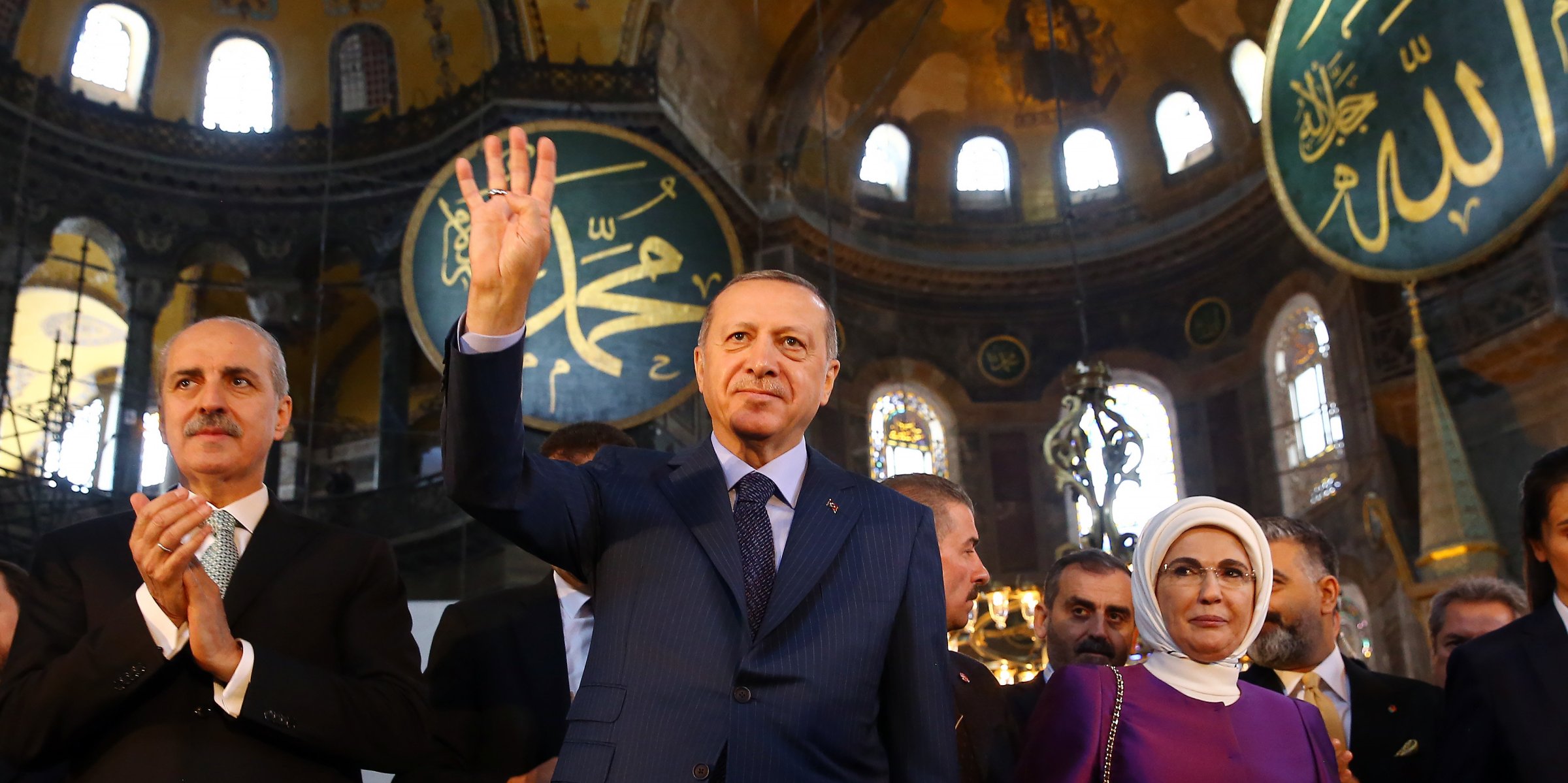NOT a resistance text, but a useful critique of ‘liberal zionism’ and ‘post zionism’. Full text below and original post here: https://www.jadaliyya.com/Details/28784
Review of: Tikva Honig-Parnass, False Prophets of Peace: Liberal Zionism and the Struggle for Palestine. Chicago: Haymarket Books, 2011.
Aharon Cohen, a senior member of MAPAM, the Israeli United Workers Party, observed in 1948 that “a state based on national enmity and the rule of one people over another will certainly breed chauvinism and reaction in its internal life.” Cohen understood that the relationship between Arabs—Palestinian and non-Palestinian alike—and Israelis would profoundly shape the new state. And so it did, and MAPAM, bound to its nationalist commitments, enabled and participated in the construction of exactly that antagonism, becoming the early standard bearer of a tendency known as Zionist leftism.
Tikva Honig-Parnass’s new book, False Prophets of Peace, examines the process through which that tendency shapes the ongoing colonization of Palestine. She studies, builds on and reinterprets the prevailing discourse among Zionist left intellectuals and political activists to examine how it is implicated in this settler colonial project. She surveys how this discourse informs both state policies and their justifications. By extension, we are shown how the Zionist left defines the parameters within which policies are challenged, thus shaping the Zionist narrative through that political force’s limited, or even only nominal, opposition.
Honig-Parnass argues that limiting our criticism to revisionist and reactionary strands of Zionism overlooks not only the center, but more importantly the “left” politicians and intellectuals who have played such a central role in building and maintaining the Zionist state and undermining a resolution to the Israeli-Palestinian conflict. As this book shows, since before the founding of the State of Israel, the Zionist left has far too often spoken in the language of universalism while helping to create and maintain legal systems, governments, and a military which have enabled Israeli colonization and apartheid.
Honig-Parnass begins by reaching back to the early 1900s and debunking the myths of Labor Zionism, the historic taproot of the Zionist left. She does so because the Zionist left is often defended by referring to its links with the socialist movements burgeoning in Europe at the time, thereby creating the impression that Labor Zionism was premised on or aspired to socialist principles.
Such impressions are not merely false. They were quite deliberately cultivated, and are deliberately dishonest. In its franker moments, the senior leadership of the day dispensed with such appearances. David Ben Gurion, the head of the Zionist Labor movement, confessed as early as 1922 that “The only big concern which dominates our thinking and activity is the conquest of the land, and building it through mass immigration (aliya). All the rest is only phraseology, deserts [sic] and ‘afters’ and we should not deceive ourselves.” Contrary to prevailing mythology, Honig-Parnass notes, “the labor movement’s version of socialism was a tool for implementing colonization rather than a means of creating a new social order.” At the Twentieth Zionist Congress, in 1937, Ben Gurion advocated for the ethnic cleansing of Palestine to address what has come to be known as the “demographic threat”[1] and to make way for a Jewish state because “growing Jewish strength in Palestine will increase our possibilities for conducting a large scale transfer.”
Honig-Parnass also shows how the overarching organization of workers’ trade unions, the Histadrut, was a “central organ of the colonial project,” controlling and coordinating economic production, marketing, defense, and the labor force, as well as institutionalizing a mode of industrial development that avoided competition with cheaper (Palestinian) Arab labor. She explains how labor (“Left”) and reactionary Zionisms complemented each other. Rather than Labor Zionism arguing against private property or challenging the capitalist system, its demand was for private capital to be leveraged to secure and develop land for the Zionist settler colonial project. In this way, the Zionist enterprise in Palestine was informed by an ideological complex more akin to nationalist socialism,[2] and thus had far more in common with right-wing, rather than left-wing, European political tendencies.
The leadership, governing institutions, and organizations that prefigured and helped to build the state in turn became that state’s core infrastructure. The Histadrut became a central institution for managing and controlling labor, thereby playing a role in preventing the building of joint class struggle between working class Jews and Palestinians. Masquerading as a labor union, it undermined independent labor organizing, sought to eliminate Palestinian and joint organizing, or harnessed them to a right-wing colonial project—the calling card of the Zionist left.
It is from this vantage point that Honig-Parnass explains the justifications of Zionist left intellectuals and political activists for the erasure of the Nakba, the building and maintaining of a theocratic and ethnocratic Jewish state, the need for a Jewish majority, the logic of “separate but equal,” and the denial of Palestinian rights and national aspirations. She also shows how the Zionist left rationalizes its assertion of the democratic nature of the state and its role in “peace” initiatives. The first portion of the book abounds with examples and explanations of the mechanisms through which these arguments are not only defended, but in turn go on to inform state and military policy and practice.
In later sections, the author outlines the development of a new breed of internal Israeli Jewish challenges to the Zionist discourse that emerged in the late 1980s. She also shows the limitations of such challenges and how they remain ultimately committed to Zionism. For example, she critically highlights the Zionist left’s claims that the 1967 occupation of the West Bank and Gaza Strip is at the center of the conflict. Accordingly, the withdrawal of the 1967 occupied territories (with “border corrections”) would bring the much-aspired-to peace with Palestinian leadership. On the other hand, post-Zionists depict the root cause of the conflict as the 1948 ethnic cleansing of the Palestinian people. And a few of them even acknowledge the colonial dimension of the Zionist settlement in Palestine. However, they do not see Zionist colonialism in the context of historic imperialist colonization throughout the world, and do not condemn Zionist colonialism on principled or ideological grounds. Such a position would have led them away from Zionism and to an internationalist politic through which they would be able to stand with those fighting against colonialism writ large. Instead, they see fault in the act of the 1948 Nakba but not in the Zionist project itself; they don’t recognize in the event the unfolding of the very logic that drives it. This truncated reading of history allowed them to remain reconciled to Zionism and its crystallization in the Jewish state.
Furthermore, she contends that post-Zionism’s reliance on identity politics in Israel/Palestine, rather than on anti-imperialist, anti-colonial, class analysis as informed by popular movements and critical analysis across the region, laid the ground for critiques of Zionism that lack an analysis of it as a settler colonial project bound to Western imperial domination. Additionally, and more importantly, the term “post-Zionism” is misleading in crucial ways. Zionist ideology has never stopped making way for the expansion of Israeli conquest and military aggression and for US imperial wars and occupations across the region. Israeli wars continue apace. The settlement project continues to expand. The term “post-Zionism” carries connotations that neither history nor political program nor struggle have reflected.
Indeed, through her analysis, Honig-Parnass deftly shows how both left Zionism and post-Zionism have been easily incorporated into the political project of an expansionary Zionist state and its role as a regional wrecking ball. That function comes into sharp relief amidst the encounter with the Palestinian movement. For that reason, she adds that Palestinians threaten more than just the Israeli apartheid state, but also “the stability of US rule” in the area, through the way Palestinian mobilizations works as both accelerant and catalyst for struggles in the broader region. Ultimately, then, through this incisive examination of limply oppositional politics, we get a rich and textured anatomy of how a failure to break with nationalist and Zionist politics, themselves a tool for capitalist accumulation in a settler colony, leads to a fundamental accommodation with right-wing, imperialist political and economic power—foreign and domestic.
The book ends with deconstructions of what the Zionist left defines as peace, highlighting the Oslo Accords and the Geneva Initiative. Both of these plans reinforced the occupation they purported to resolve. Honig-Parnass deals with the recent past and shows the growing irrelevance of the Zionist left as its contradictions become increasingly less tenable and the Right adopts its rhetoric, effectively incorporating “dissident” voices to disguise the real power that sustains the Zionist project in Palestine. One example of this is Ariel Sharon’s unilateral withdrawal from Gaza, which Zionist Left eagerly supported. He promoted it as an Israeli move in support of Palestinian autonomy. What it did was to create an isolated Palestinian enclave that could be blockaded, attacked with white phosphorus, and starved of food, water and electricity.
The importance of this book is in exposing and explaining how liberal and left Zionist political and intellectual ideas and institutions have been organic parts of the Zionist project, allowing us to identify and delimit—or sort out—the components of the Zionist “peace” camp. Once this is done, which way forward?
The author suggests that the answer lies in the “unification of all progressive social forces, both Jewish and Palestinian, in a struggle for the democratization and de-Zionization of the state.” But which segments of Israeli Jewish society are poised for this project? As Honig-Parnass shows to devastating effect, it seems extremely unlikely that the white Ashkenazi[3] “peace camp”—which has so much invested in the occupation—might be the impetus for a bloc that could overturn it and the settler-colonial structures with which it is braided. Where else? Given the class and race claims of the Mizrahim,[4] it seems logical that therein lays some potential for this collaboration. And indeed, aware of such a threat, the Israeli power structure has always hastened to destroy any radical Mizrahi political formation—or failing that, to hybridize or enfold Mizrahim within state structures.
Here again Honig-Parnass makes a strong contribution. She outlines a trajectory of Mizrahi struggle, and notes where it has—and has not—been able to challenge liberal Zionism, as well as the specific ways in which the Mizrahi struggle has been undermined by both liberal theory and state repression. This history includes rejection of the Zionist left political parties manifested by the militant resistance of the Black Panthers in the early 1970s. This incarnated the unthinkable: a movement of working class and low-income Mizrahim opposing Israeli racism and class oppression against their own communities, some of whom made genuine attempts to reach out to Palestinians. It is thus unsurprising that state repression has fallen far more heavily on oppositional Mizrahi movements such as the Israeli Black Panthers than it has on anti-Zionist Ashkenazi movements.
Honig-Parnass reminds us that as early as 1972, mass arrests, the opening of criminal files, and a smear campaign presenting them as members of a global terrorist network undermined the Black Panthers. And these are the same strategies that are in full force today in delegitimizing anti-imperialist and therefore anti-Zionist social forces elsewhere in the region and around the world.
The more recent post-Zionist trend in Mizrahi politics has accepted the Zionist project and its consolidation into the “Jewish” state. Honig-Parnass masterfully deconstructs the ways in which emphases on identity (in particular Mizrahi) has undermined anti-Zionist politics and organizing by failing to address the foundational antagonisms of colonialism, racism and class oppression. In turn, she dissects post-modern arguments and their inability to articulate direct opposition to Israeli colonialism, or even acknowledge it as a root cause of the differently located Palestinian and Mizrahi oppression.
However, we are concerned that this assessment, while important and necessary, perhaps limits our ability to recognize (and then support) certain embryonic possibilities. For example, a group of Mizrahi Jews in Jerusalem is currently organizing around housing rights and making connections with Palestinians whose homes in East Jerusalem are being demolished. Whether it will grow to take an unequivocal stance on the colonial nature of Zionism is yet to be seen. But this example invites us to make a distinction between guarding against the roles that ”identity politics” can play to inhibit movement building and the use of different locations of struggle from which to join together against common enemies and toward similar aims. Indeed, all struggle begins amidst and against a particular experience of oppression.
The struggles which will emerge from within Israeli Jewish society that have within them the potential to contribute to overcoming Zionism are unknown, but to recognize them, we must relinquish false hopes. What Honig-Parnass proves with a catalog of facts, and what is crucial, is that there is nothing libratory or salvageable about “left” or liberal Zionism. She concludes her book by stating that rejection of a comprehensive view of US imperialism and the impact of Zionism as a colonial project ”has made the Zionist Left and post-Zionism the main obstacles to the development of a radical movement in Israel that would be part and parcel of the resisting forces among Palestinians and throughout the Arab World.” Those of us committed to challenging imperialism and colonialism are encouraged to consider the impediments, in Israel and everywhere, to grassroots struggles for liberation and justice, and to find ways to circumvent them.
False Prophets of Peace has the odd luck of being both long overdue and arriving at the perfect moment, offering an invaluable contribution to destroying the myth of the progressiveness of the Zionist Left. Honig-Parnass shows definitively that it has been a conservative—if not reactionary—force.
As we enter President Obama’s second term in the US, and Mahmoud Abbas claims on Israeli television that he does not believe he has a right to live on the land on which he was born, the usefulness of the analysis offered in this book remains clear. And Honig-Parnass’s embrace of regional struggles oriented towards decolonization is most welcome. All of this makes the book a much-needed addition to the critical literature on the issue. Above all, she is clear that the resolution to the struggle for Palestinian self-determination—and therefore a just peace—will not come from a kinder, gentler form of Zionism. It will come from its mass rejection.
[1] The concept of demographic threat (or demographic bomb) is a term used in political conversation to refer to population increases from within a minority ethnic group (in this case Palestinians) in a given country (in this case Israel) that are perceived as threatening to alter the ethnic identity or desired ethnic majority of that country.
[2] Since the rise of Germany’s Nazi party, Nationalist Socialism has become synonymous with Nazism and other political parties that combine patriotism and national identity, often racial supremacy of some kind, and some or majority government run services, resources and businesses.
[3] Ashkenazi refers to the Jews of Central and Eastern Europe and the former Soviet Union who largely spoke Yiddish. In the early 1900s, Ashkenazi Jews were the dominant Jewish settlers in Palestine and constitute the political and economic ruling class in the historic and current day State of Israel.
[4] Mizrahim is a political term used to describe Jews of African, Arab and West, Central and East Asian descent living in the State of Israel.




